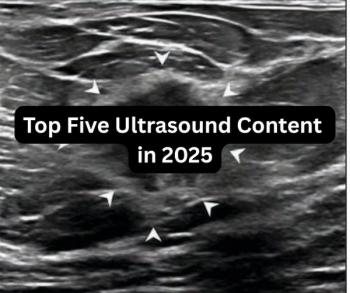
The Big Picture: Working toward a ‘virtual PACS’
The Big Picture: Working toward a ‘virtual PACS’By Kathy Kincade, editorYou can lead radiologists to the Internet, but can you make them PACS?That’s a question a growing number of vendors are asking themselves as they eye the
The Big Picture:
Working toward a virtual PACS
By Kathy Kincade, editor
You can lead radiologists to the Internet, but can you make them PACS?
Thats a question a growing number of vendors are asking themselves as they eye the Internet as the backbone for next-generation image management. These companies have developed software products and application service providers that rely on the Internet as both an application and networking environment. The idea is that by linking ASPs with existing desktop workstations and networks, an end user can create a virtual PACS that eliminates up-front capital equipment costs but still provides access to images and information regardless of where the user is.
But will the radiologists bite? Lets hope so. Whether they come to it willingly or have to be dragged kicking and screaming, at some point they will have to recognize that the Internet has the potential to be the true electronic patient record system, the healthcare delivery system without boundaries.
And more of the technological barriers that are keeping us from that goal are coming down all the time. One day, in the not-too-distant future, we will all have access to whatever information (including images) we want or need regardless of where we are located, with the appropriate compression and encryption measures built into our compact, mobile, wireless acquisition and viewing devices, our own personal area networks.
The truth is, Im not sure Im ready to be a walking, talking IT junkie with an electronic IV attached to my hip and remote Internet access 24/7. But Ill sure be glad when my doctor is.
© 2000
Search again Homepage
Newsletter
Stay at the forefront of radiology with the Diagnostic Imaging newsletter, delivering the latest news, clinical insights, and imaging advancements for today’s radiologists.




























